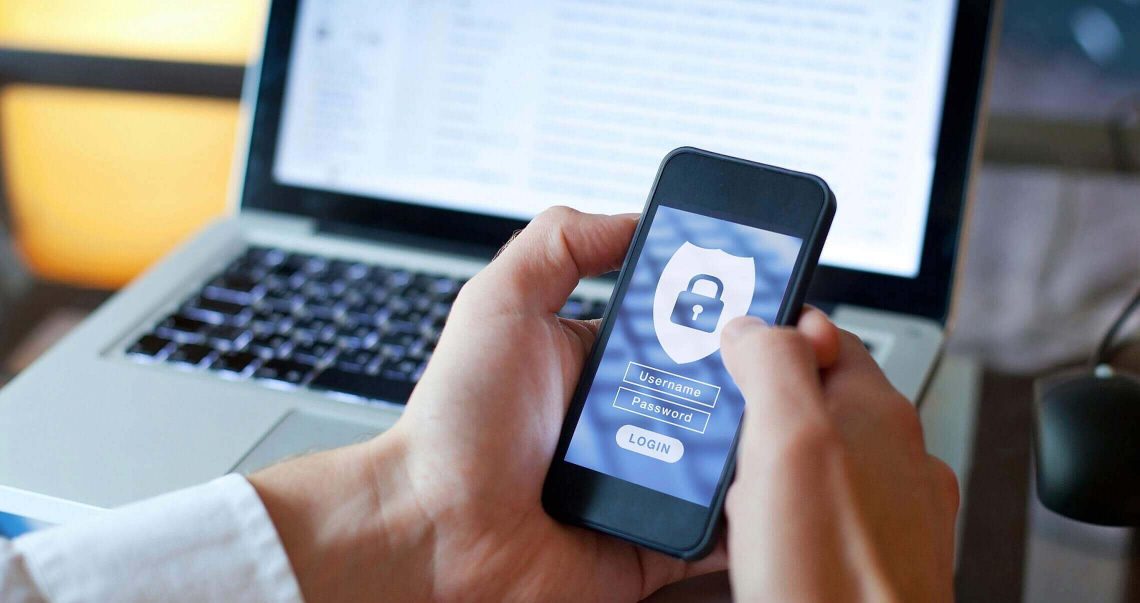Businesses are increasingly adopting Bring Your Own Device (BYOD) policies to enhance flexibility, productivity, and employee satisfaction. However, with the benefits come significant security challenges. Implementing a secure BYOD policy is crucial to protecting sensitive company data while maintaining the convenience that BYOD offers. Here’s how to effectively implement a secure BYOD policy.
Understanding the Importance of a BYOD Policy
The first step in implementing a secure BYOD policy is understanding its importance. A well-structured BYOD policy not only boosts employee morale by allowing them to use their preferred devices but also reduces company costs related to hardware purchases. However, without a robust policy in place, businesses risk data breaches, loss of sensitive information, and potential legal implications. Therefore, a secure BYOD policy is essential to balance the benefits of device flexibility with the need for data protection.
Developing a Comprehensive BYOD Policy Framework
Developing a comprehensive BYOD policy framework is fundamental. This framework should clearly outline the acceptable use of personal devices within the corporate environment. It should include specifics on what types of devices are permitted, the applications that can be used for work purposes, and the data that can be accessed. The policy should also define the security measures that employees must adhere to, such as password protection, encryption, and regular software updates. Additionally, the framework should address the handling of lost or stolen devices and the protocol for terminating access when an employee leaves the company.
Implementing Strong Authentication and Access Controls
Implementing strong authentication and access controls is crucial for a secure BYOD policy. Multi-factor authentication (MFA) is highly recommended as it adds an extra layer of security beyond just a password. MFA typically combines something the user knows (password) with something the user has (a smartphone or security token) or something the user is (biometric verification). Access controls should also be stringent, ensuring that employees can only access the information necessary for their roles. This minimizes the risk of unauthorized access to sensitive data.
Ensuring Regular Security Training and Awareness
Regular security training and awareness programs are vital components of a secure BYOD policy. Employees need to be educated about the potential risks associated with BYOD and the best practices for mitigating these risks. Training should cover topics such as recognizing phishing attempts, securing devices with strong passwords, avoiding public Wi-Fi for work-related tasks, and promptly reporting lost or stolen devices. Continuous education ensures that employees remain vigilant and proactive in maintaining security.
Deploying Mobile Device Management Solutions
Deploying Mobile Device Management (MDM) solutions is an effective way to enforce security policies and manage devices remotely. MDM allows IT administrators to monitor, manage, and secure employees’ mobile devices. It enables the implementation of security features such as remote wipe, which can erase data from a lost or stolen device, and application control, which restricts the installation of unauthorized apps. MDM solutions also facilitate regular software updates and patches, ensuring that devices remain protected against known vulnerabilities.
Establishing Data Encryption and Backup Procedures
Data encryption and backup procedures are essential for safeguarding sensitive information on personal devices. Encryption ensures that data is unreadable to unauthorized users, even if the device is lost or stolen. Both data at rest (stored on the device) and data in transit (being transferred over networks) should be encrypted. Additionally, regular backups of critical data should be mandated to prevent data loss in case of device failure or cyberattacks. These backups should be stored securely and tested periodically to ensure their integrity.
Monitoring and Responding to Security Incidents
Effective monitoring and incident response are critical to a secure BYOD policy. Continuous monitoring of network activity can help detect unusual behavior that may indicate a security breach. Implementing automated alerts and real-time analytics can enhance the ability to respond swiftly to potential threats. When a security incident occurs, having a well-defined response plan is essential. This plan should include steps for containing the breach, assessing the damage, notifying affected parties, and preventing future incidents. Regularly reviewing and updating the incident response plan ensures it remains effective against evolving threats.
Balancing Security with User Experience
Finally, balancing security with user experience is key to the success of a BYOD policy. Overly restrictive measures can hinder productivity and lead to employee dissatisfaction. It’s important to find a balance that ensures robust security without compromising the convenience and flexibility that BYOD offers. Regular feedback from employees can help identify any challenges they face and adjust the policy accordingly. By fostering a culture of security awareness and collaboration, businesses can implement a secure BYOD policy that supports both organizational goals and employee needs.
Also Read: How to Ensure IT Compliance in Your Business 





